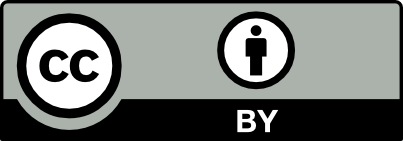The effect of the implementation of ultrasound in enzyme separation
DOI:
https://doi.org/10.14232/analecta.2015.2.34-41Abstract
Enzymes are biological catalysts that generally are designed to do one job well, but to do one job only. Therefore, the enzymes that catalyze the hydrolysis of cellulose to sugar do not break down the sugars. Enzymatic hydrolysis processes have been under development for only 10 years. The important research issues include understanding the processes necessary to render the crystalline cellulose easily digestible, understanding and improving the basic mechanisms in the hydrolysis step, and developing better and less expensive enzymes. The other way to make a process less expensive may be the recycling of enzymes. The essential unit operation in the bioethanol production is the cellulose enzymatic degradation, so the question of recycling is very important. In our work the sonication assisted ultrafiltration was investigated as a potential method for enzyme recycling. The results showed the ultrasound effects the permeate flux since the resistance is reduced by the sonication. The sonicated enzyme keeps its activity so the recycling mechanism might be used for bioethanol production.
Downloads
Downloads
Published
How to Cite
Issue
Section
License
Copyright (C) 2023 Authors
This work is licensed under a Creative Commons Attribution 4.0 International License.













